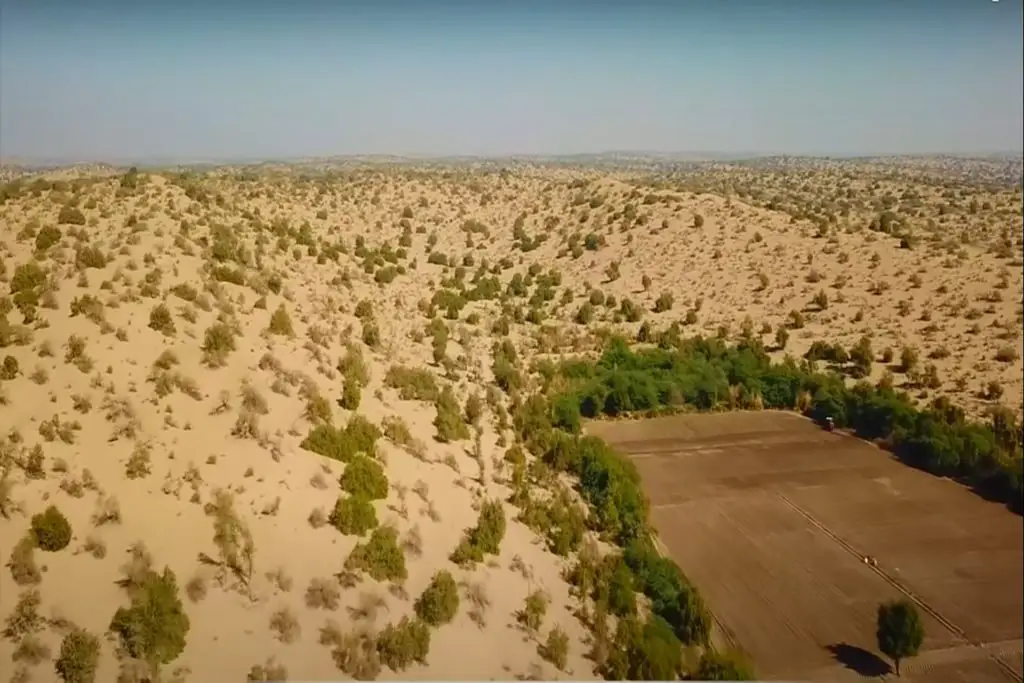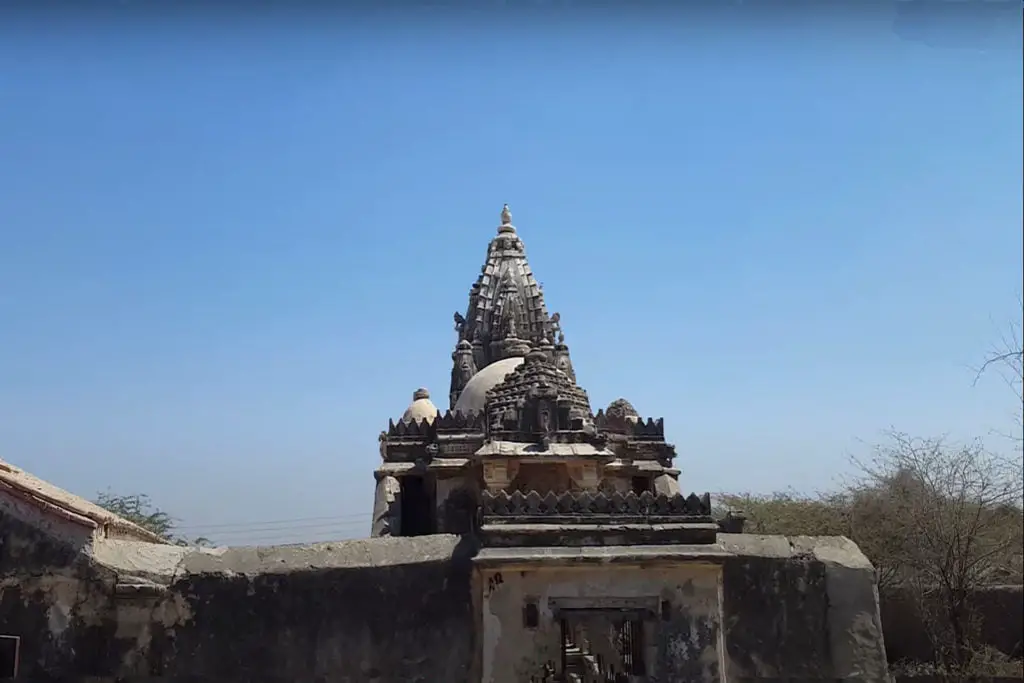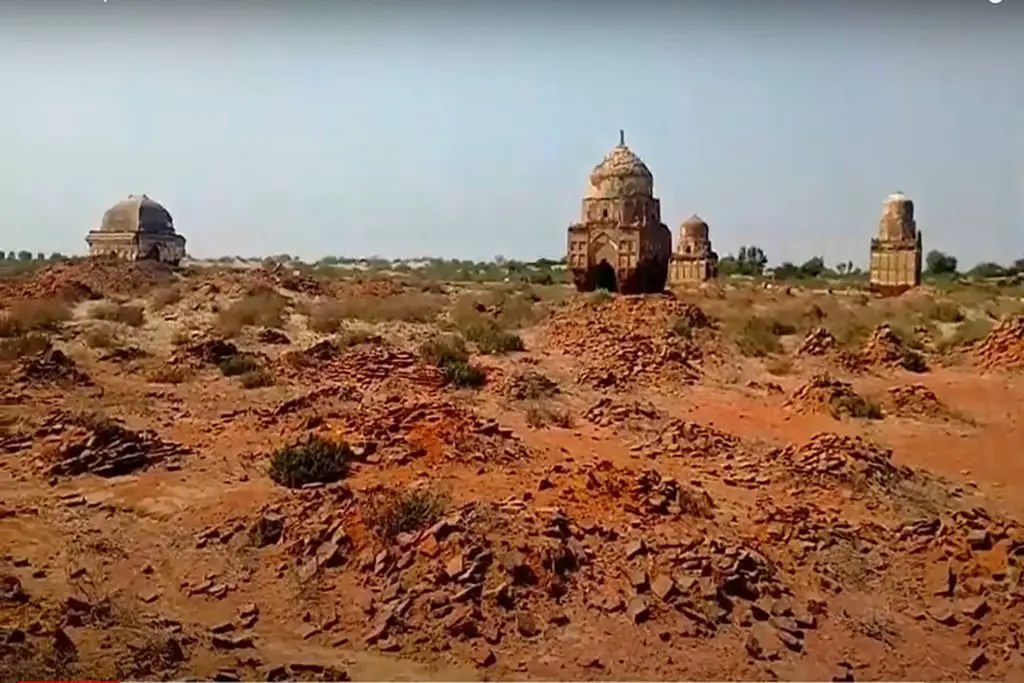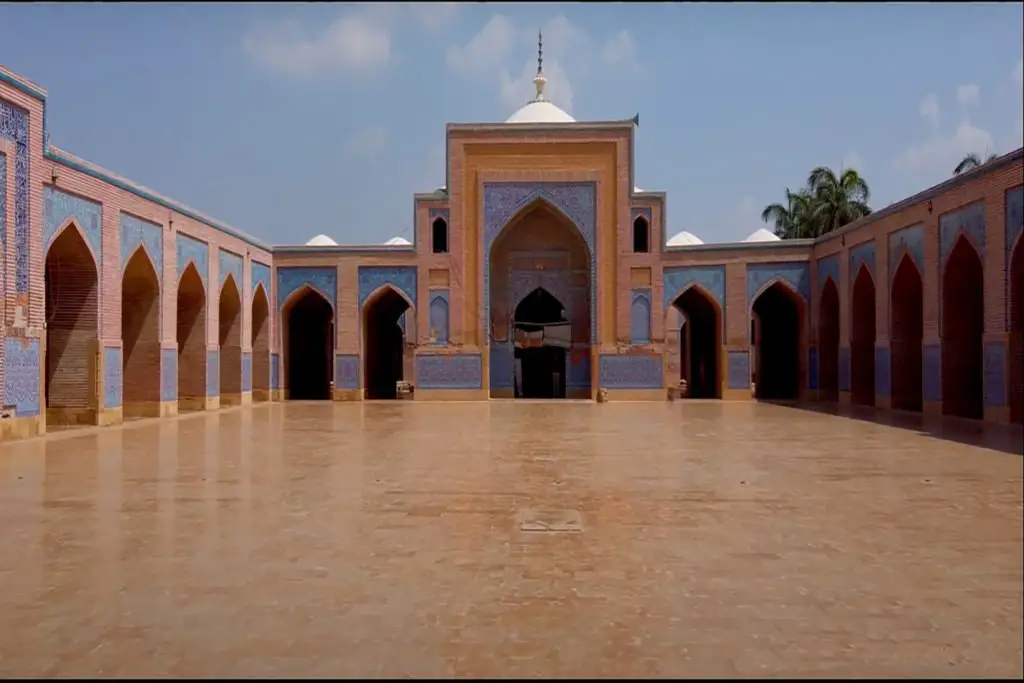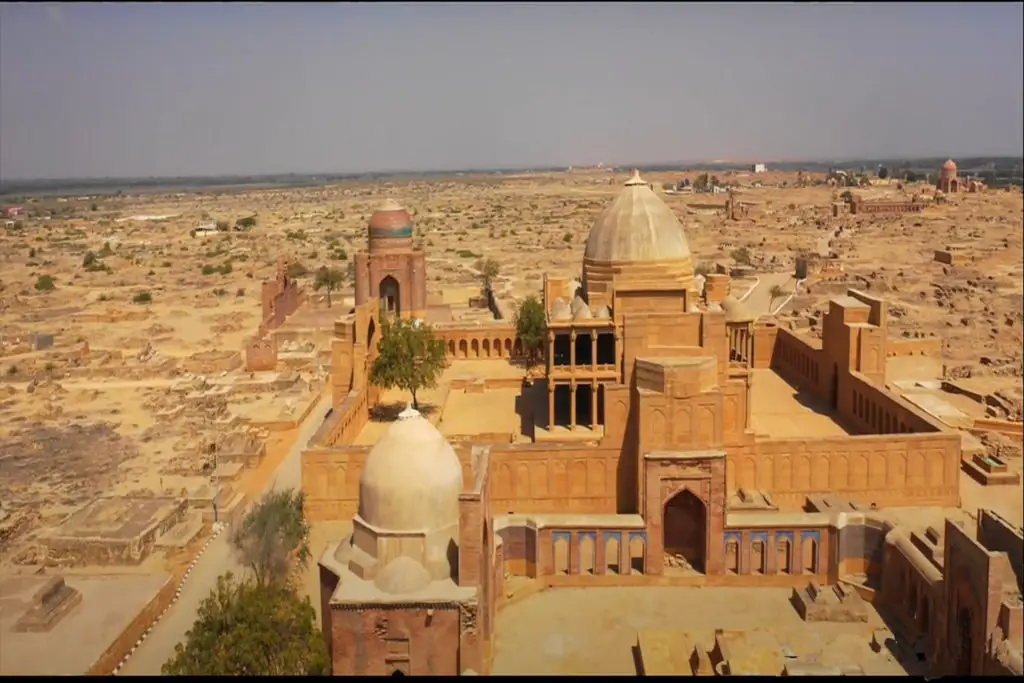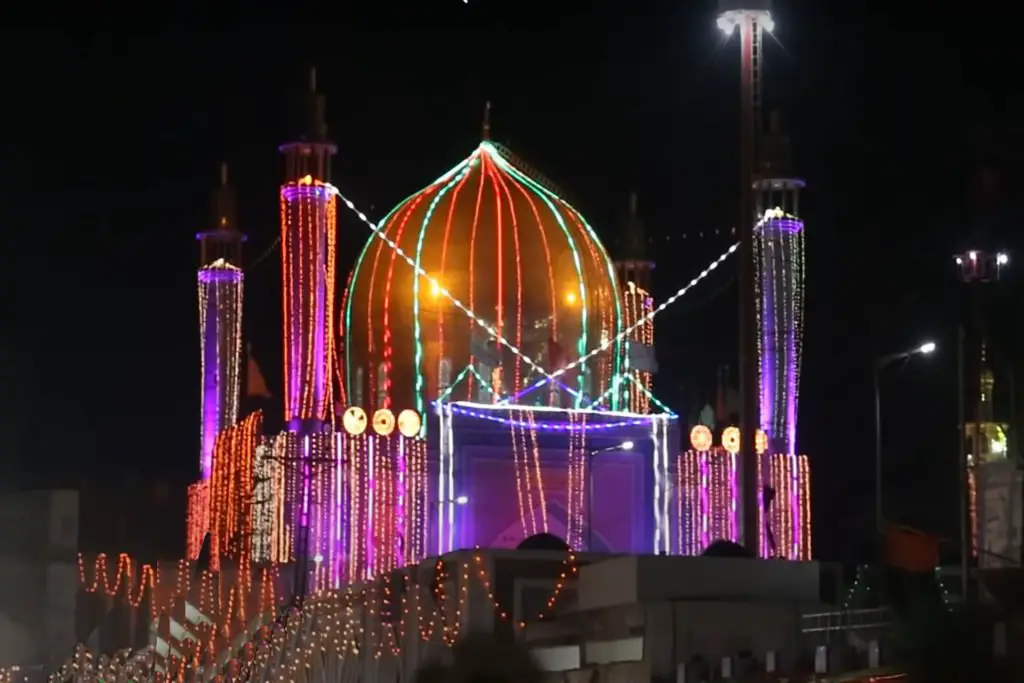Nara Desert Wildlife Sanctuary is home to the largest population of the endangered Mugger crocodile in Pakistan.
The Nara Desert provides shelter to many wild animals in the province of Sindh. The Nara Canal region, a chain of about 200 freshwater, brackish, and salt lakes and marshes stretching about 150 km along both sides of the Nara Canal from Sorah in the north to Sanghar in the south, is known to be very important for wintering, waterfowl and other wildlife.
Location of Nara Desert Wildlife Sanctuary
Nara Desert Wildlife Sanctuary is located in Mirpurkhas District, Sindh, Pakistan.
Mammals such as the Indian hedgehog, caracal, Indian desert cat, Indian mongoose, common jackal, Indian jackal, striped hyena, Bengal fox, honey badger, Indian pangolin, chinkara, Central Asian wild boar, Indian hare, northern palm squirrel, Indian porcupine, and Indian desert jird.
Introduction to Nara Desert Wildlife
The livelihood of the Nara desert wildlife is largely dependent on their livestock, i.e. Sheep, goats, and camels. Shepherds migrate with their flocks from their Goths (villages) towards the pastures, establish Wandhs (huts built for temporary accommodation), and lead a nomadic life.
There are tars (where there are wells) with permanent settlements. Near the Tarais (low-lying areas where water can linger or store for some time after rain) are the Wandhs. In addition, there are Tobas/Tanky (rainwater stored in artificial tanks) in Taru.
Agriculture is practiced on both the left and right flanks of the Nara Canal of this desert. It lies in the same topographical area, but the cultivated land has been physically modified to receive water for irrigation purposes from the Nara Canal. The farthest border blends into the desert environment.
Main Crops at Nara Desert
Cotton and Guwar are the main crops in the Rabi season, while Wheat, Brassica, and Alfalfa are grown in the Kharif season. Cultural Heritage Joint family systems are prevalent in Nara as in other parts of rural Sindh. All 3 generations – grandparents, parents, and children – live under one roof.
Culture of the Desert
Men’s main responsibilities in the family include plowing, herding animals, weaving mats, and building a house or other earning activities, while women’s responsibilities include fetching water from wells or ponds, cooking, washing, house maintenance, needlework, and so on.
Daughters’ weddings are usually arranged regardless of their consent, age difference, or financial situation. Close relatives or members of the family circle or caste are usually preferred for weddings. Most marriages take place at a young age according to religious dictates.
Marriage ceremonies in Nara are generally simple and less expensive compared to other parts of Sindh. The followers of Pir Sahib Pagar do not engage in drumming, music, and other ceremonies.
Popular religious festivals in Nara taluka are monthly gatherings at the tombs of Syed Kabeer Shah and Syed Arab Shah near Pharyaro (Monday lunar night), Pir Moazam Shah near Chundko (annual festival), and Qalmee Quran near Piranoo pattan crossing and Tajjal Sharif.
An event of very high religious significance to most of the population in the concession area is the semi-annual visit to Pir Sahib Pagar, offering ziarat (gifts) among followers at various locations/villages, Jhalo (an opportunity for selected followers to pray in their villages and/or receive light refreshments ) and spend the night and dine with the chief khalifs (representatives of the Pir Pagara).
Fauna and Flora
Correlation between plants and human life in the Nara Desert. In contrast to plants used as food, local people use them for various purposes such as food, shelter, and medicine. A total of 160 plant species are recorded from this desert and 148 of them are said to have been used for various purposes by the local residents of the study area.
They used them in folk medicine, firewood, fodder, food, vegetables, wild fruits, flavorings, tea making, roof thatch, agricultural implements, wood/furniture, die making, rope making, basket making, seating chairs, broom making, toothpicks, clothes washing, leather tanning, detergent, fencing/hedge, shade, ornamental/recreational, soil binders, windbreaks, and poisons.
Various uses of native flora have been discussed in detail. Medicinal properties of native flora have 4–6 People who live on the edge of the desert, collect tree trunks and bushes as a source of fuel and wood and sell them in local towns.
For many years, the Pathan clan cut down Prosopis cineraria trees and processed them into charcoal. This clan also supplies wood and fuel to the local market. A large area is depleted by this procedure which has disrupted the entire wildlife habitat.

